It is where you fight injustice with a pen
Before modern schools were founded, education in Afghanistan took place in mosques, and teachers were religious people who taught children to read the Koran and to write. Even today, these schools are considered to be the traditional places of learning for children. The first modern school came into existence in the era of Amir Habibullah Khan and was called Habibie. Habibie was the only modern school in Afghanistan.
There are two official languages in Afghanistan: Pashto and Dari. All schoolbooks, however, used to be published in Pashto and this created some problems in the Farsi-speaking regions, so the official language of the school changed to Farsi, with Pashto as the second language. Schools started in the month of March and ended in September.
In Afghan schools, students have had to wear uniforms! Nowadays the girls’ uniform has changed from black to blue or grey. The elementary school uniform is blue and the high school one is grey. Schools in Afghanistan are not advanced and are not properly equipped. Most do not even have air-cooling or heating systems. In some regions, students study in tents, while in others they sit outdoors in an open space. This means that children are not protected from external elements such as rain and sun. This is the situation even in Kabul, which is the capital city.
Teachers in Afghanistan are paid very low wages. In Afghanistan, boys and girls go to separate schools. Teachers have a very bad attitude towards students, they beat and punish them and cause psychological damage. In most regions, girls do not go to school because of the presence of the Taliban. What is more, the Taliban have burned down existing schools on many occasions.
School in Iran:
“Dar ul-Funun” was the first university in Iran, founded by Mirza Taqi Khan Amir Kabir. The Iranian school year runs from September to March and the school day starts at 7am and finishes at noon. At all levels of education in Iran, there are separate schools for girls and boys! Schools are also divided into two categories: public and private. Middle and lower class students tend to go to public schools, where education is free for Iranian citizens, while Afghan students have to pay substantial fees or go to private schools. The best students go to private schools, which use modern teaching methods and technology. Students have a tablet instead of books and pencils, and there is always a psychologist available for students with particular problems (family, finances, etc.). Schools start a mid-term review after six months and hold end-of-year exams three months later, just before the end of the year.
Students in Iranian schools wear uniforms at all levels of education. Children from elementary to high school must wear the same type of uniform so as to hide any economic or class difference between them. Students are not allowed to wear clothing other than their school uniform. It is also forbidden to use mobile phones in schools. In Iran, there are many schools in each area, so students do not have to make long trips. These services are only for Iranians, while people behave in an inappropriate and racist manner towards Afghan students. In one school, a professor punished a student who had not done his homework by forcing him to put his hand in the toilet bowl!
And now my experience from school here in Greece:
The first time we went to school, we set off at 5:30 am because the journey was long, but because we love studying, we didn’t mind. Along the way, we kept wondering what schools were like in Europe, how different they would be from the schools we had known so far and how everyone would behave towards us.
Our school has a large yard surrounded by trees. The children wear a variety of clothes, making it clear that there is no specific uniform for schools. There are also students from a variety of nationalities, religions, and cultures with no difference between them and that is what gives me a sense of calm. Schools open in September and close in July. Boys and girls go to school together and there are 22-25 students in each class. We have both male and female teachers and there are also computer classes. Here students live in a safe country and have no problems to distract them, in contrast to Afghanistan where students have no security and support to continue their studies.
I hope that students throughout the world can carry on learning in conditions that will allow them to flourish.
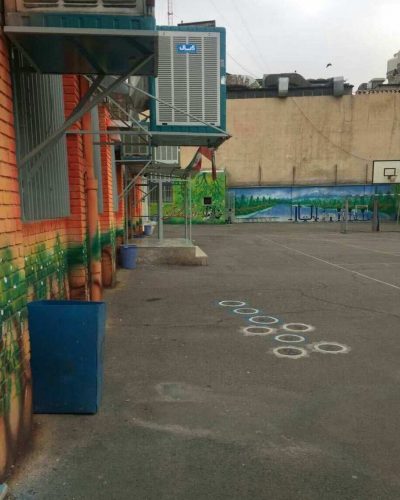


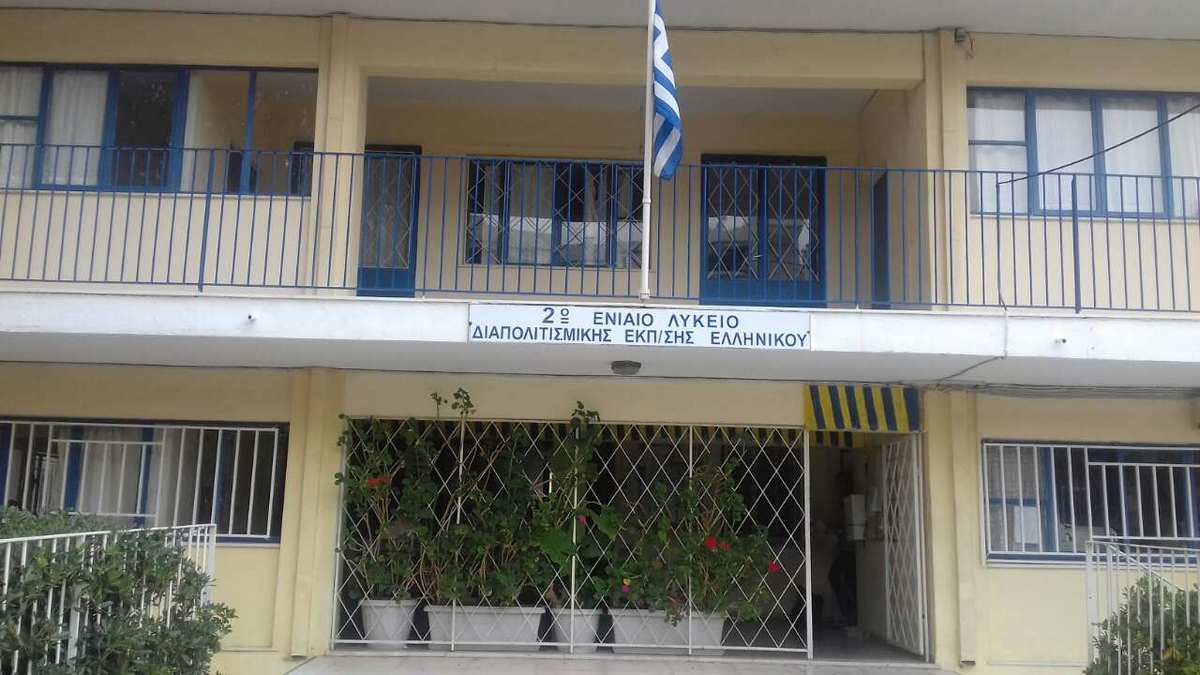
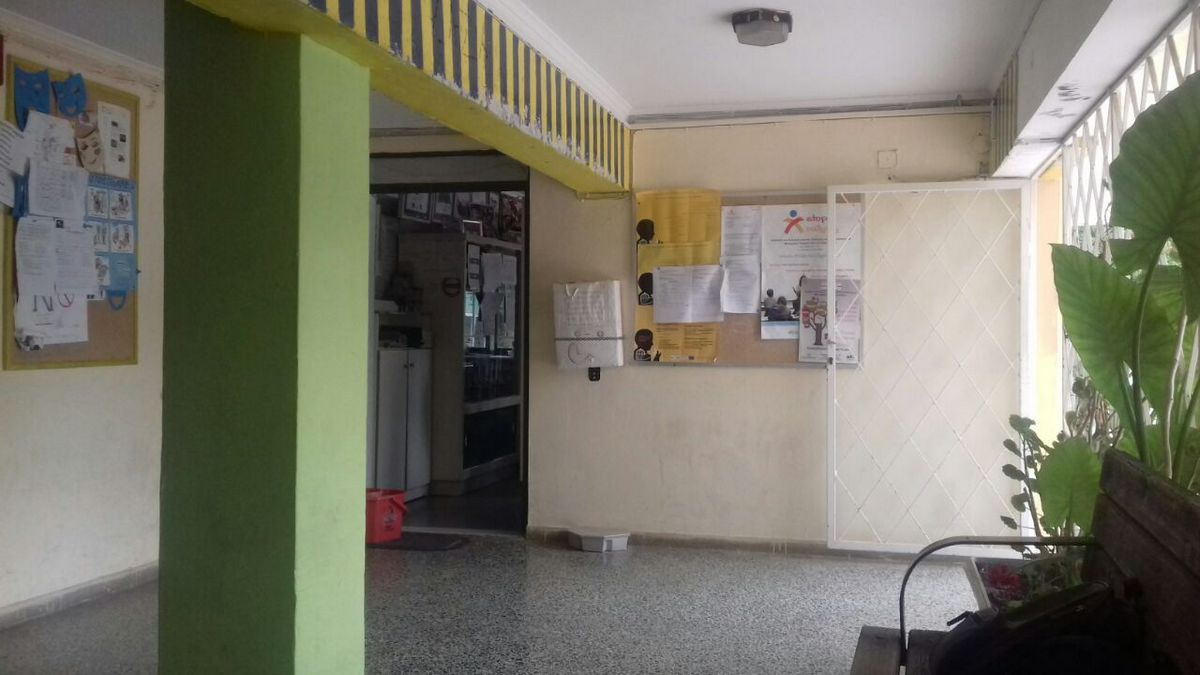
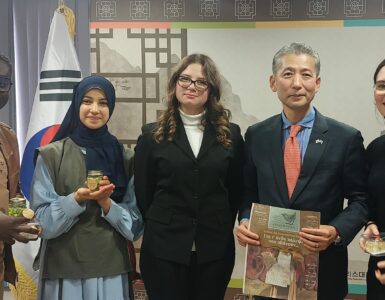
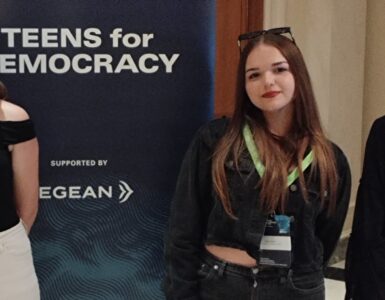





Add comment